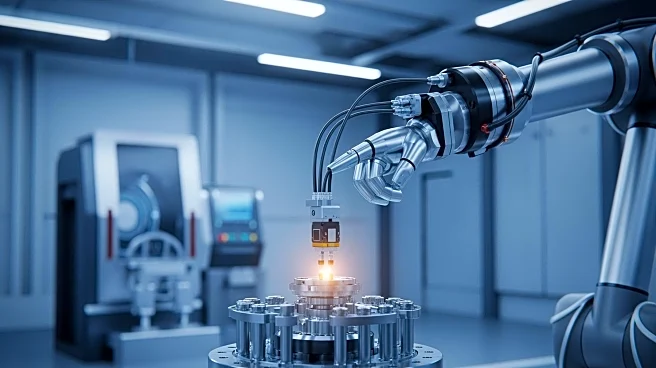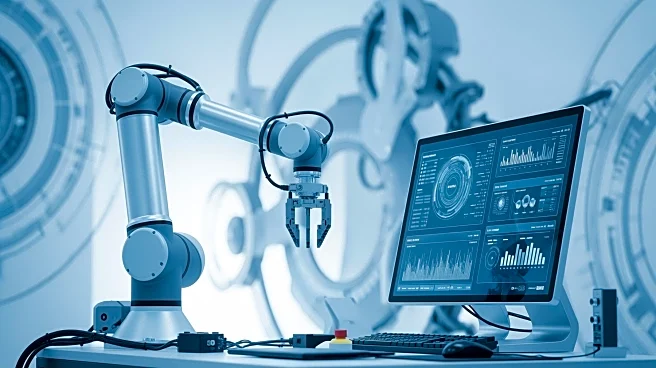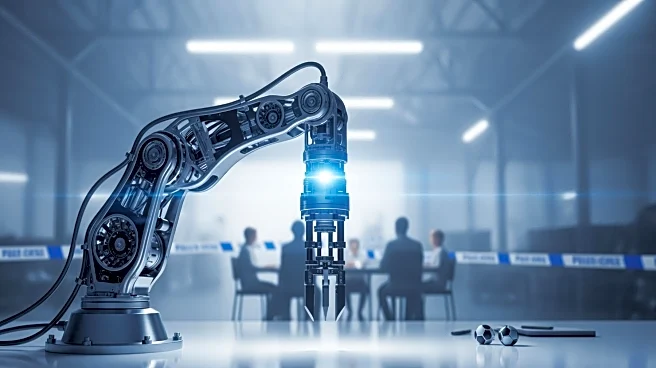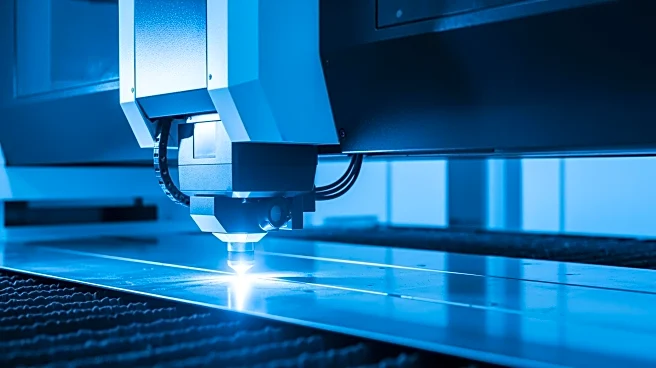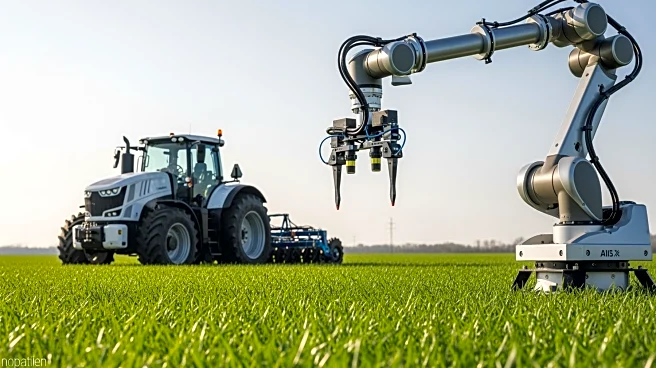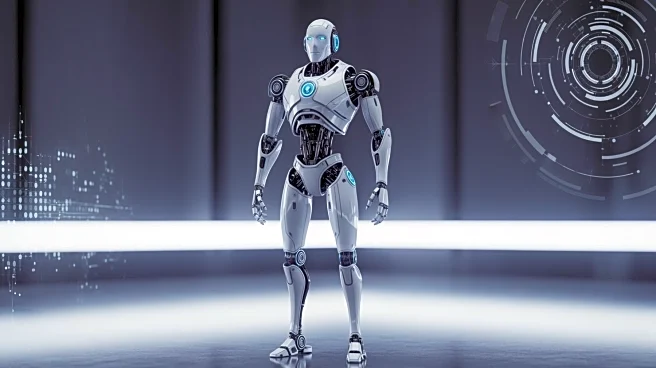What's Happening?
HBK, a company specializing in precision measurement, has launched a new robotic touch system featuring custom six-degree-of-freedom (6-DoF) force and torque sensors. This technology allows robots to sense
and adapt to their environment in real time, which is crucial for safe and intelligent automation. Ryan Young, the global head of engineering for OEM Sensors at HBK, emphasized the importance of providing robots with a 'true sense of touch' through advanced physical intelligence. The 6-DoF sensors can measure three forces and three torques simultaneously, enhancing the robots' ability to interact with their surroundings. HBK's approach leverages decades of expertise in precision measurement, utilizing high-sensitivity strain gauges and proprietary calibration methods to achieve sub-millisecond latency and durability over millions of load cycles.
Why It's Important?
The development of HBK's robotic touch system is significant for several industries, including manufacturing, logistics, and medical robotics. By enabling robots to sense and adapt in real time, the technology enhances human-robot collaboration, reduces downtime, and improves efficiency in automated processes. This advancement is particularly relevant as automation continues to scale in logistics, where reducing damage rates and improving picking speed are critical goals. The integration of tactile sensing with vision and AI is expected to drive the next generation of intelligent machines, allowing robots to make decisions based on both visual and tactile inputs. This could lead to safer, smarter, and more adaptable robotic systems, benefiting companies seeking to optimize their automation strategies.
What's Next?
HBK anticipates growing demand for its sensors across various sectors, including manufacturing, logistics, and medical robotics. The company plans to continue its partnership-driven approach, working closely with OEMs to tailor sensor designs to specific automation goals. Looking ahead, HBK expects 'sensor fusion' to play a key role in the evolution of intelligent machines, where vision, AI, and tactile sensing converge to enable more autonomous decision-making by robots. This could transform how robots interact with their environment, making them more efficient and capable of complex tasks.
Beyond the Headlines
The introduction of advanced tactile sensing in robotics raises important ethical and cultural considerations. As robots become more autonomous and capable of complex interactions, questions about the role of human oversight and the potential displacement of human workers in certain industries may arise. Additionally, the integration of AI and tactile sensing could lead to new legal frameworks governing the use of robots in sensitive applications, such as medical procedures. These developments may prompt discussions about the balance between technological advancement and societal impact.
